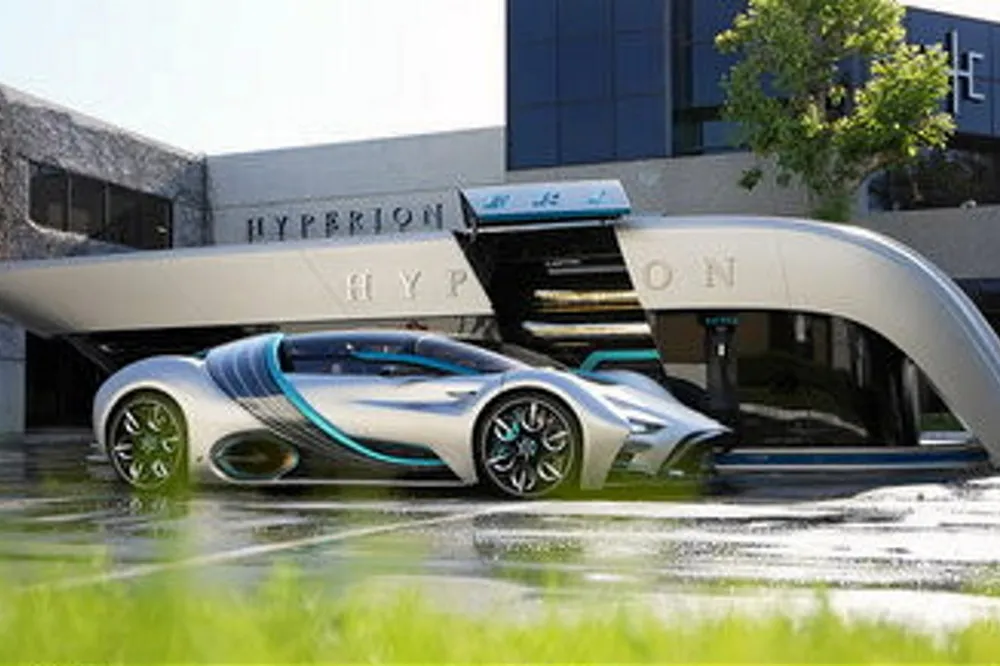Hydrogen vehicles | Supercar designer reducing risk by producing H2 on site at futuristic mobile filling stations
Portable units encompass rooftop solar, electrolysis systems and rapid EV charging, with Hyperion promising a speedy roll out in the US next year
